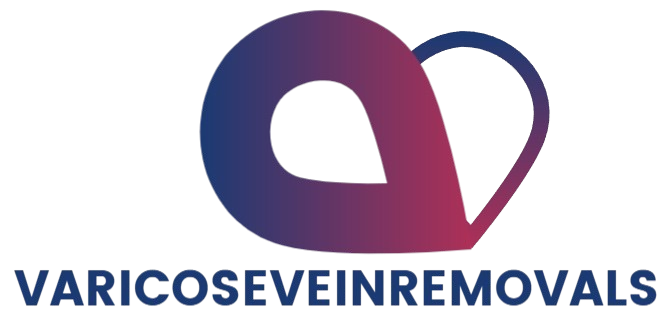In an era defined by digital connectivity and consumer empowerment, healthcare is no exception to the shifting landscape. Patients today are more engaged, informed, and eager to take an active role in managing their well-being. A major driver of this shift is the rise of online patient portals—dynamic platforms that are redefining how healthcare is delivered and experienced.
From checking test results to messaging care teams, portals like “myChart” or “myHealth” are reshaping the patient-provider relationship by providing anytime, anywhere access to critical health information. But for a patient portal to truly be transformative, it must do more than display lab results or offer appointment booking—it must also provide a frictionless, intuitive feedback experience.
Patient Portals: Empowerment at Your Fingertips
Digital patient portals have revolutionized healthcare by placing vital information directly in the hands of patients. Accessible 24/7 from any device with an internet connection, these platforms bridge the communication gap between visits and make it easier for patients to stay informed and in control.
No longer do patients need to call a busy clinic to schedule an appointment or wait days to ask a follow-up question. With a few simple taps, they can send secure messages, pay bills, request prescription refills, and access their health history. This self-service model not only improves patient satisfaction but also gives individuals the freedom to engage with their healthcare on their own terms.
Breaking Barriers: Convenience Meets Care
Time is often the biggest obstacle to proactive health management. People may want to live healthier lifestyles, but packed schedules get in the way. Patient portals offer a solution—eliminating the need to wait on hold, arrive early for paperwork, or physically visit the office just to ask a question.
Many systems allow patients to complete pre-appointment forms from home, saving both time and stress. And when symptoms arise at inconvenient hours, patients can log in and contact their care team without having to wait for business hours to begin. This ease of access can turn a reluctant participant into an active one, and that’s a powerful shift.
Providers Benefit Too: Streamlining the Practice
While patients are enjoying the perks of digital access, healthcare providers are also reaping the benefits. Integrated portals significantly reduce administrative burdens, allowing staff to focus more on patient care and less on routine tasks.
Automated appointment reminders, prescription refill requests, and survey tools all contribute to greater operational efficiency. Missed appointments—a common headache for clinics—drop dramatically with scheduled notifications. Meanwhile, inbox management features and secure communication tools streamline interactions and ensure patients feel heard, even outside the office.
Choosing the Right Portal: One Size Doesn’t Fit All
Not all patient portals are created equal. That’s why selecting the right platform involves careful consideration of your practice’s specific needs. At the core of every effective portal is secure access to essential data: provider notes, test results, medical histories. But many systems go beyond the basics, offering tailored features such as telehealth integration, real-time feedback surveys, and customizable workflows.
When evaluating platforms, start by asking a few key questions:
- Does it integrate smoothly with your EHR?
Compatibility with your electronic health record system is critical. A well-integrated portal enhances data sharing, eliminates redundancies, and ensures accurate communication across teams. - What features are must-haves for your patients?
Consider the unique demographics and expectations of your patient base. A pediatric clinic may need different tools than a dermatology office. The more your portal reflects your patients’ needs, the more likely they are to engage with it. - Which processes can be automated?
Automation can cut down on costs, reduce errors, and free up time for meaningful patient interaction. Look for a system that supports auto-reminders, form submissions, and even feedback analysis. - How will you provide ongoing support?
Once the portal is launched, maintaining a high level of customer service is key. Staff training is essential so everyone understands the platform’s capabilities and can guide patients through it with confidence. A user-friendly design and responsive backend support help ensure adoption and satisfaction.
Turning Feedback into Action
Beyond convenience, a seamless portal should also foster a dialogue. Patients want to be heard, and a robust feedback mechanism can transform the portal into a real-time pulse check on satisfaction, quality of care, and process improvements.
Simple post-visit surveys or rating tools embedded within the portal can provide valuable insights into what’s working and what needs adjustment. These tools, when monitored consistently, help practices identify trends, prevent issues from escalating, and continuously improve the patient experience.
The Human Touch in a Digital World
At its core, a patient portal is not just a piece of technology—it’s a bridge. It connects patients to the care they need and the providers who deliver it. It empowers people to make informed decisions and reduces the stress often associated with navigating the healthcare system.
But even the best technology needs a thoughtful strategy behind it. Creating a seamless patient feedback portal means prioritizing both functionality and empathy—building a system that not only serves administrative goals but enhances the human experience.
Final Thoughts
Every medical practice is unique, and the digital tools used should reflect that individuality. A well-designed patient portal, customized to meet the specific needs of your patients and team, is more than just a convenience—it’s a catalyst for better outcomes, stronger relationships, and a more responsive healthcare system.
In a world where patient expectations continue to evolve, providing a seamless, interactive, and insightful portal experience isn’t just a nice-to-have—it’s essential.



